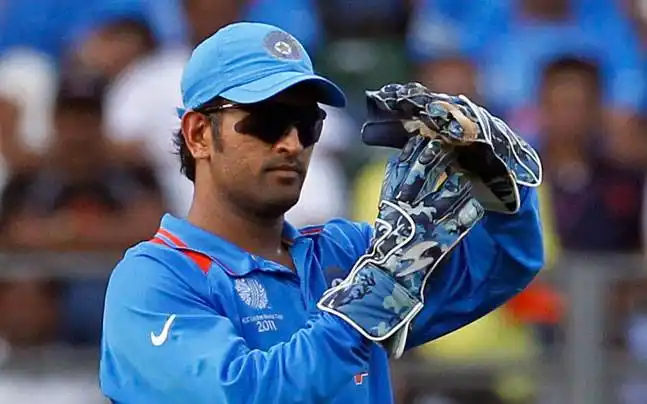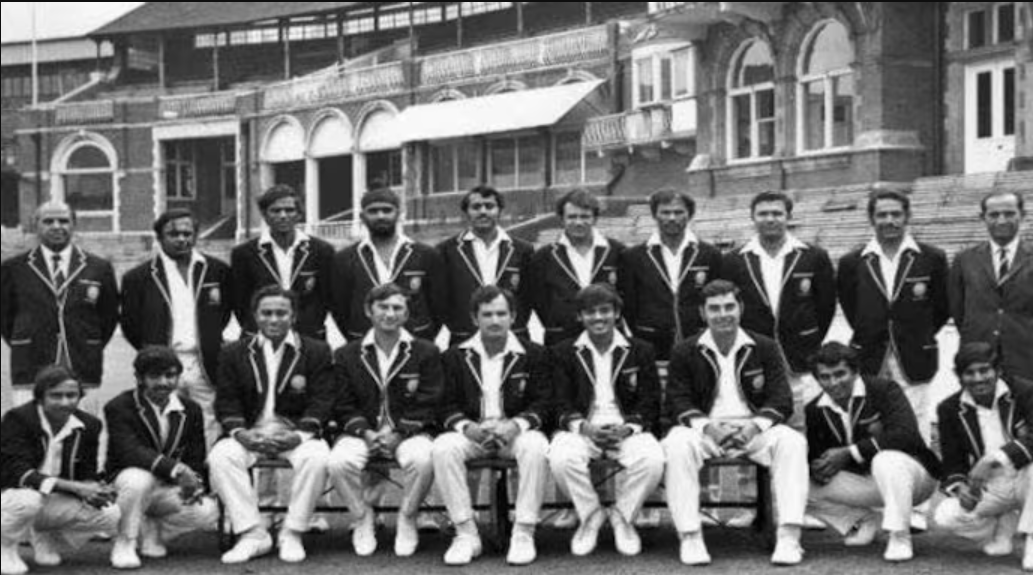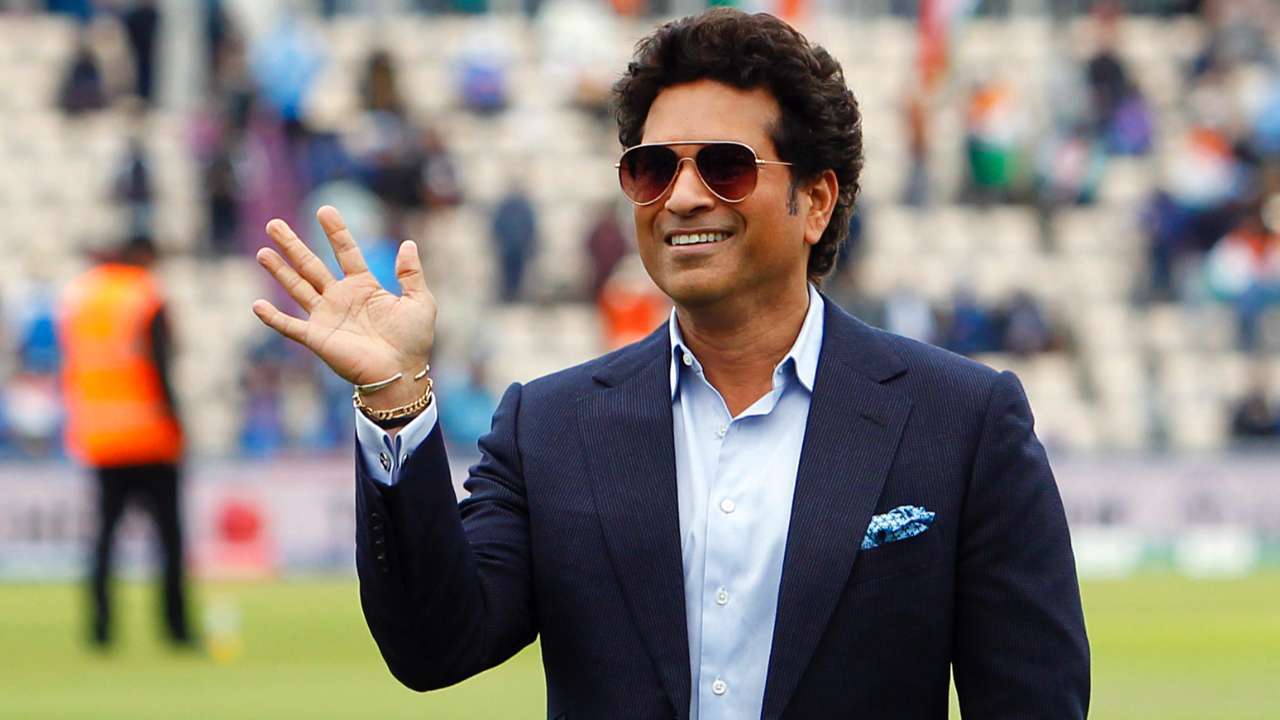Cricket is one of the most loved sports in the world. From the cheers of fans to the tension on the field, every moment is exciting. But sometimes, umpires make mistakes while giving decisions. That’s where the Decision Review System (DRS) comes in. Introduced in 2008, DRS changed the way decisions are made in cricket forever.
In this article, we’ll explain what DRS is, how it works, and why it is important – in a way that even a 10-year-old can understand!
🧐 What Is the Decision Review System (DRS)?
DRS, short for Decision Review System, is a technology-based system used in cricket. It helps players and umpires make better and fairer decisions during a match.
Imagine you’re playing a game, and someone says you’re “out,” but you think you’re not. Wouldn’t it be great if there was a way to check the truth? That’s what DRS does. It gives players a chance to ask for a review of the umpire’s decision.
DRS was officially introduced in 2008 to improve the accuracy of decisions, especially for LBW (Leg Before Wicket) and caught behind appeals.
🎬 A Little History of DRS
The first time the Decision Review System was used in a cricket match was during a Test match between India and Sri Lanka in 2008. At first, not everyone liked the idea. Some teams were unsure, and the system wasn’t perfect. But over time, it improved and became more popular.
Today, DRS is used in Test matches, One-Day Internationals (ODIs), and T20 Internationals (T20Is) around the world.
🔍 How Does DRS Work?
DRS uses a combination of technology and video replays to check if the umpire’s decision was right or wrong. Here’s how it works step by step:
Step 1: The Player Reviews the Umpire’s Decision
If a player disagrees with the umpire’s call (like being given out), the team captain or the batter can ask for a review. They must do this within 15 seconds after the decision is made.
Step 2: The Third Umpire Checks the Replays
A special umpire, called the Third Umpire, uses technology to look at replays and decide what really happened.
Step 3: Technology Used in DRS
Here are the main tools used in the Decision Review System:
📹 UltraEdge (Snickometer)
This tool listens to sounds made when the ball touches the bat or pad. If there’s a small noise, it could mean the ball hit the bat!
🎥 Ball Tracking (Hawk-Eye)
This is like magic! It shows where the ball pitched, where it hit the pad, and whether it would have hit the stumps.
🌡️ Hot Spot
This uses heat cameras to check if the ball touched the bat or pad. If it did, a white spot appears.
🖥️ Slow-Motion Replays
These are just like video replays but in slow motion, so the umpire can see everything clearly.
🧠 Umpire’s Call – What Does It Mean?
You may have heard the term “Umpire’s Call.” This happens when the evidence is too close to call, and the third umpire sticks with the original decision made on the field.
For example, if the ball was just clipping the stumps in an LBW appeal, and the on-field umpire said “not out,” the decision will stay “not out” – even if the ball might have hit the stumps!
🔄 How Many Reviews Does a Team Get?
Each team is allowed a limited number of reviews:
- In Test matches: 2 reviews per team every 80 overs.
- In ODIs and T20Is: 1 review per team per innings.
If a review is successful (meaning the umpire’s decision is changed), the team keeps that review. But if the review fails, the team loses one.
✅ Why Is DRS Important?
The main goal of DRS is to make cricket fairer. Here’s why it’s important:
- 🎯 Improves Accuracy: It helps umpires get decisions right.
- 🤝 Reduces Controversy: Fewer arguments and bad feelings.
- 🔍 Brings Transparency: Fans and players can see the evidence.
- 🕵️ Uses Advanced Technology: Modern tools help spot the smallest errors.
🤔 Criticisms of DRS
Even though DRS is helpful, it is not perfect. Some people don’t like the Umpire’s Call part because it can feel unfair. Also, different countries used different rules in the beginning, which caused confusion. But cricket boards are working hard to make it better every year.
🌍 DRS in Modern Cricket
Today, DRS is an important part of cricket. It is used in:
- 🏆 ICC World Cups
- 🌐 International matches
- 🏏 Indian Premier League (IPL)
- 🏆 The Ashes series
- 🔥 T20 Leagues around the world
Even young fans now know what DRS means. Players also train to use DRS smartly and not waste it.
💡 Fun Facts About DRS
- 🧪 DRS was tested in 2008 but officially used for the first time in 2011 in the World Cup.
- 🏏 Sachin Tendulkar was one of the first players to be involved in a DRS decision.
- 📊 Teams now study DRS use as part of their match strategy!
- 🧤 Wicketkeepers often help captains decide whether to go for a review.
📚 Conclusion
The Decision Review System (DRS) has become one of the biggest changes in cricket history since it was introduced in 2008. It makes the game more fair and accurate and helps reduce errors. Though not perfect, it is getting better every year with new technology.
DRS teaches us an important lesson – that it’s okay to double-check and that fairness matters more than speed. Whether you are a cricket fan, a player, or just learning the game, DRS is something exciting to understand and watch in action!




